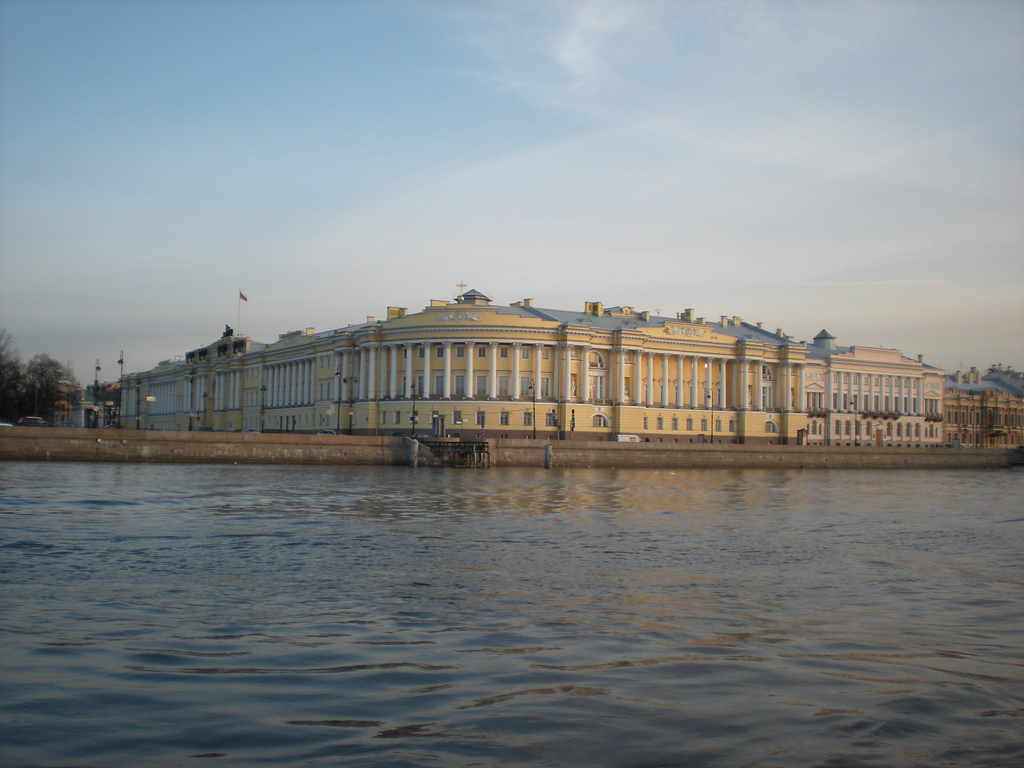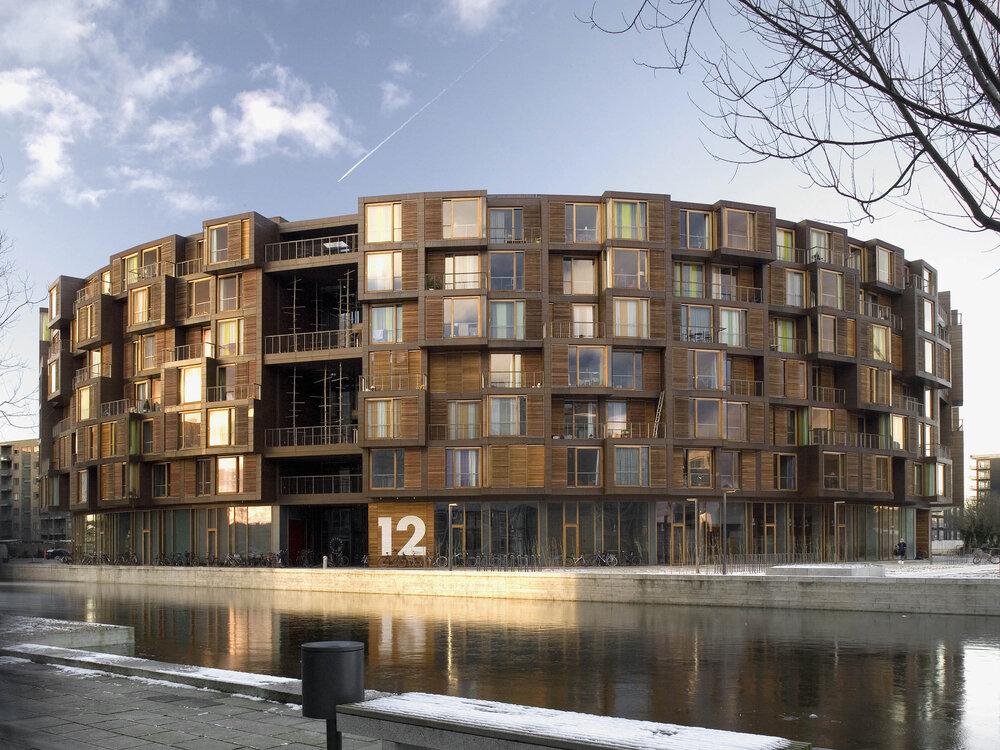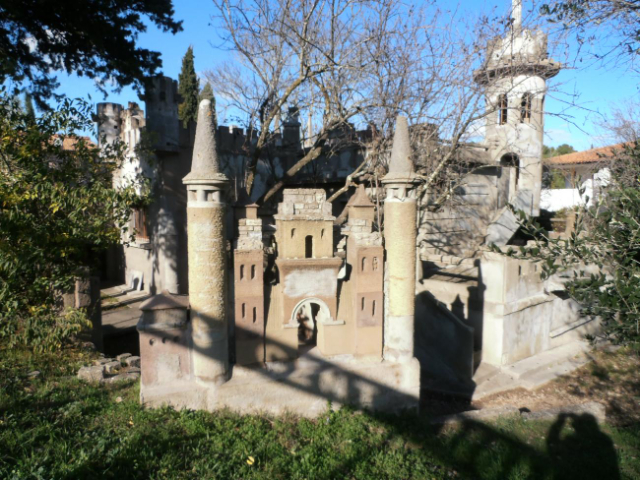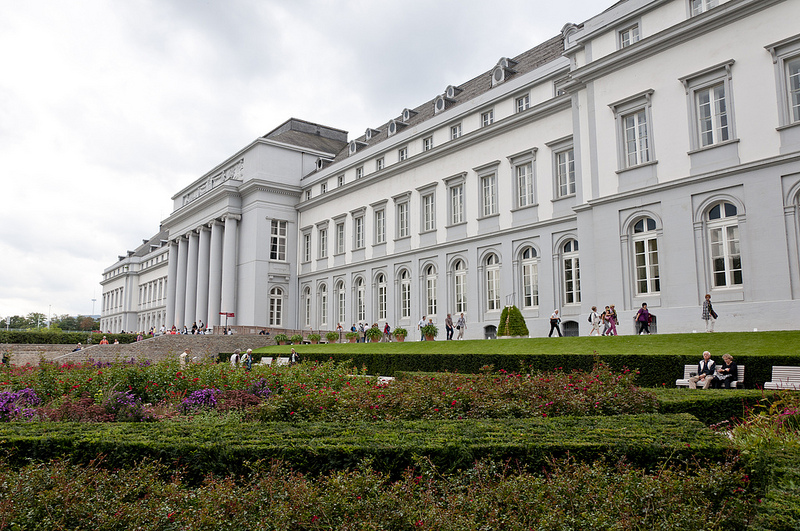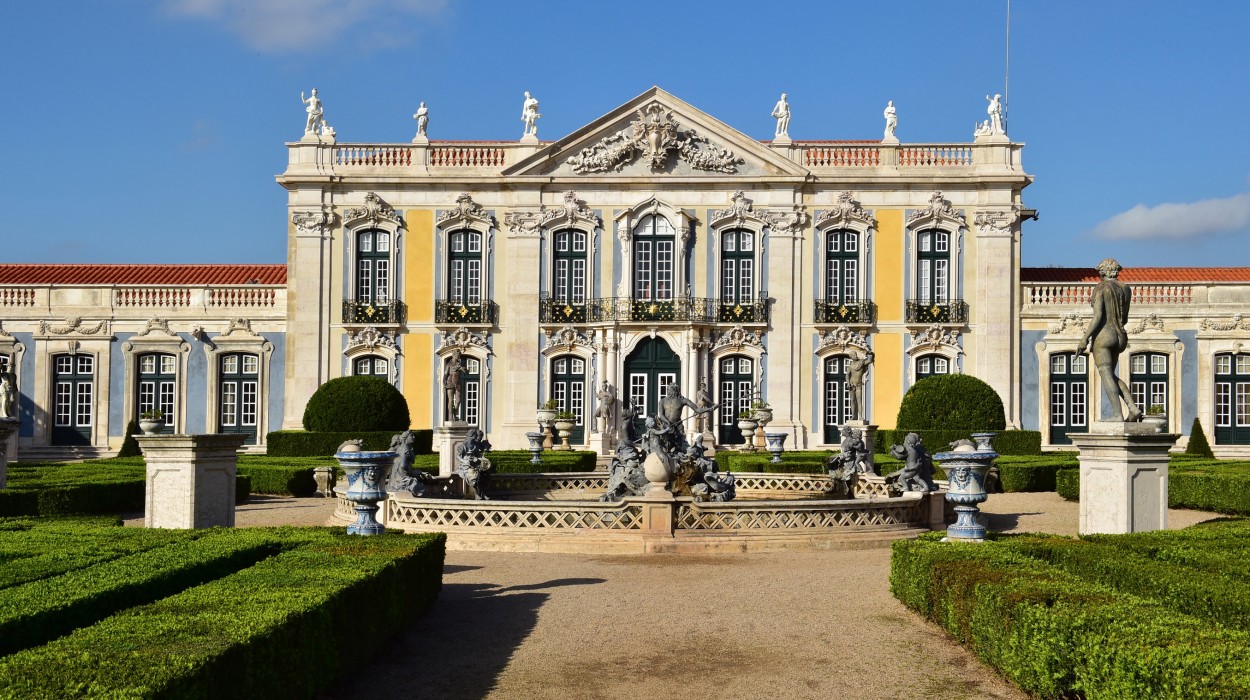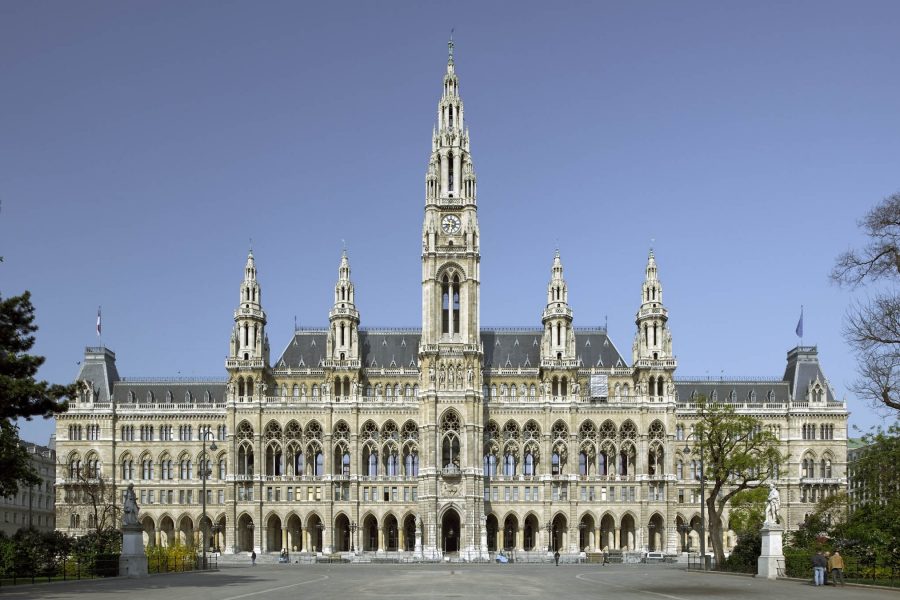Before its construction, the Senate had occupied the dilapidated Bestuzhev-Ryumin Palace, which was also far too small. The decision was taken to completely reconstruct the building, and to extend it to the neighboring plot of land, whence the Synod could then be transferred from the Twelve Colleges. Carlo Rossi was the winner of the competition for designs, proposing a building with an arch “in the fashion and image of the General Staff Building”.
Construction of the building took five years, from 1829 to 1834, and it turned out to be the last major project of Rossi’s glittering career. The building consists of two 100-meter-long blocks joined by a triumphal arch, which leads through from Senatskaya Ploshchad to Galernaya Ulitsa. Rows of Corinthian columns affirm the building’s ceremonial character, and the curved corner facing the Neva River has a loggia also with eight columns, which serve to emphasize the length of the building. The sculptures decorating the archway – statues of genii mounted on the flanking columns and a group entitled Justice and Piety that crowns the centre – were the work of Stepan Pimenov and Vasily Demuth Malinovsky.From 1925, the building was used to store the Russian State Historical Archive. During the Second World War, the building was badly damaged from shelling, and it was not fully restored until the 2000s. The archive was moved from the building in 2006, and in 2007 a complete and careful restoration of the building was undertaken. It is now home to the Constitutional Court of the Russian Federation, and to the Boris Yeltsin Presidential Library. The building also contains apartments designed specifically for meetings between the Russian President and the Patriarch of the Russian Orthodox Church.
